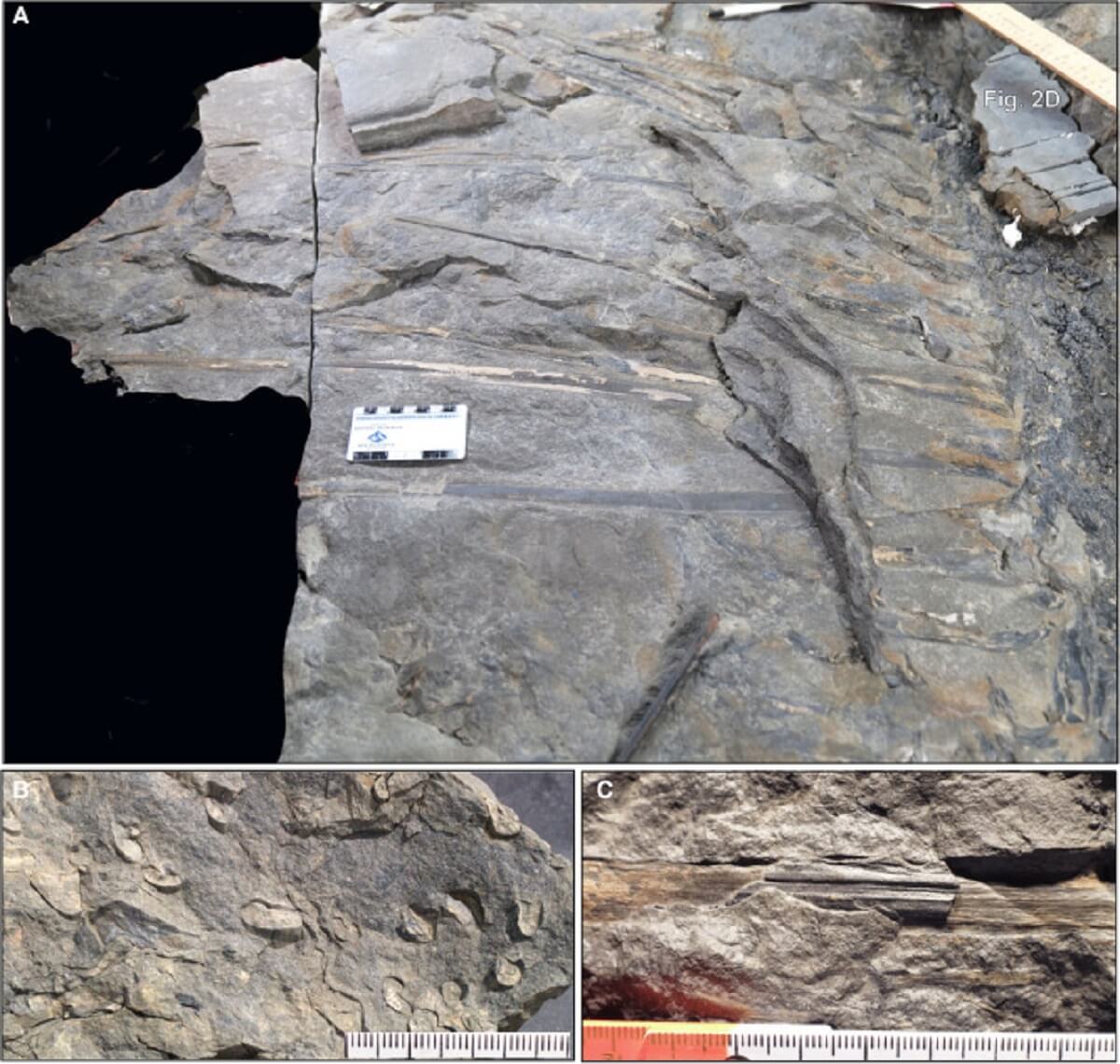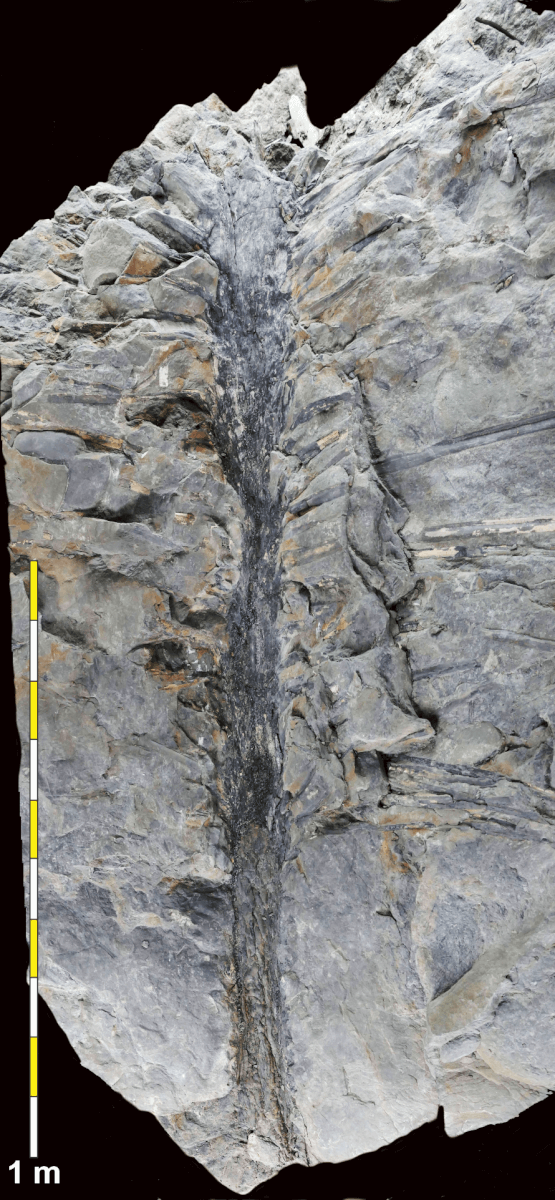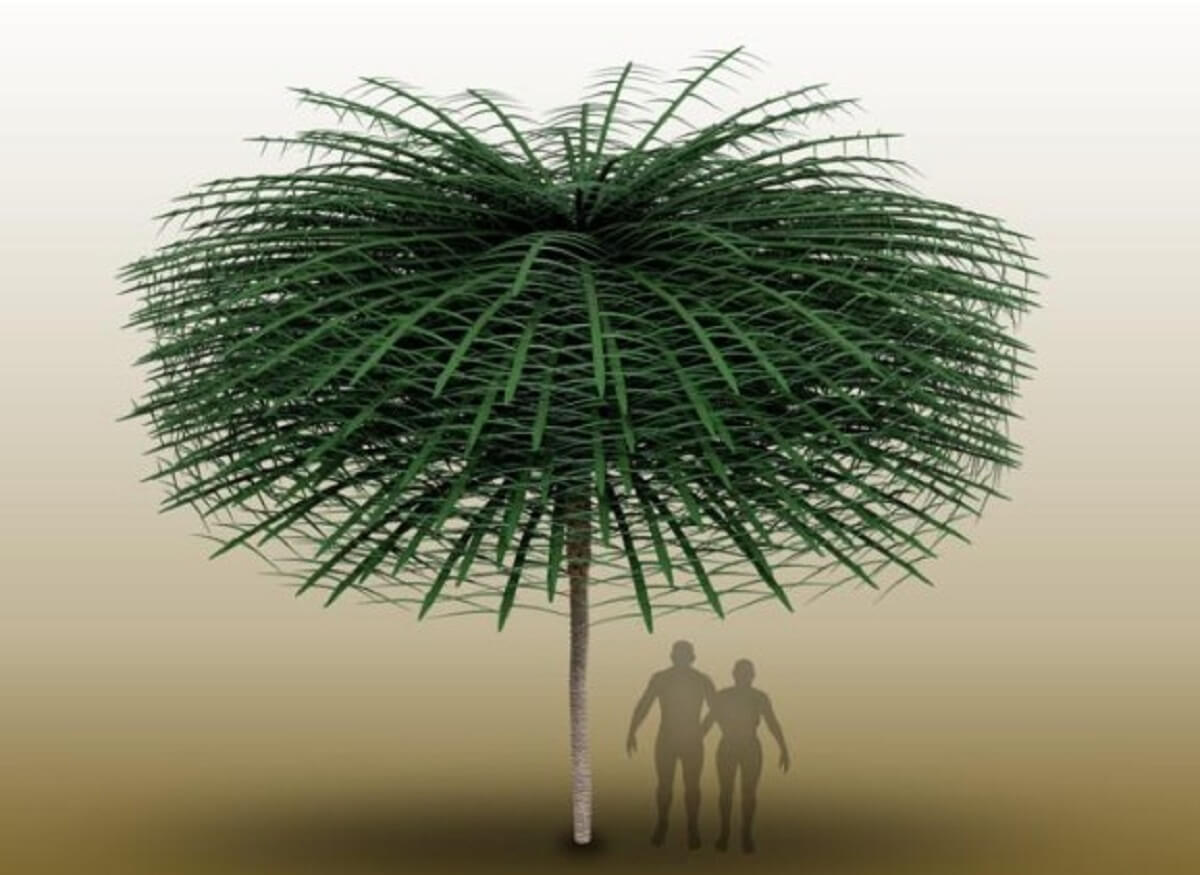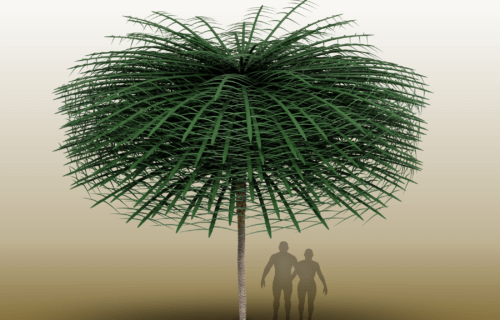WATERTOWN, Maine — Exquisitely preserved 350-million-year-old trees recently unearthed in Canada boast a shockingly familiar form, sporting architectural features resembling modern ferns and hinting at a more ecologically complex coal-age forest than previously envisioned. Researchers even liken the trees to something out of a Dr. Seuss book than a National Geographic magazine.
Typically, only the trunks of ancient trees are preserved, leaving no evidence of their leaves or the appearance of their canopies. However, researchers have now described trees from New Brunswick, Canada, showcasing a surprising and unique three-dimensional crown shape. The findings provide valuable insights into plant evolution and arborescence — the growth of plant life to tree height.
‘Strange Growth Form In The History Of Life’
Interestingly, the growth habits of these primordial giants push back the timeline for the evolution of subcanopy flora by around 15-20 million years. Their legacy shapes understanding of when and how Earth’s woody plants radiated into a stratified, multi-layered canopy.
The fossilized specimens hail from a place called Sanford Quarry within the Canadian Maritimes, a region renowned for hosting some of the world’s most spectacular plant fossils. Yet investigators admit still being awed by this latest discovery exposed during recent quarry expansions.
“We all have a mental concept of what a tree looks like, depending on where we live on the planet, and we have a vision of what is familiar,” says project leader Robert Gastaldo, a paleobotanist at Colby College, in a statement. “The fossil on which we report is unique and a strange growth form in the history of life. It is one of evolution’s experiments during a time when forest plants underwent biodiversification, and it is a form that seems to be short-lived.
Gastaldo joined forces with geologists from the New Brunswick Museum and Department of Energy to study the Sanford specimens in detail and piece together their implications for understanding coal age forests across the supercontinent forming at that time.
Giant Fern Ancestors
The Sanford trees would have towered some 10 meters high in their prime. That puts them on par with modern mature maples. But their feathery compound leaves more closely resemble today’s tropical tree ferns. Core samples confirm the fossil branches date right around 355-350 million years ago – the early Carboniferous period when the first reptiles were just appearing.

(B) Petiole cross-sections proximal to the trunk exhibiting a heart-shaped geometry with an adaxial depression appearing as a longitudinal furrow in compressions. Scale in mm. NBM 23142.
(C) Mudcast petiole proximal to the trunk showing adaxial groove and fine striations. NBM 22403/2. Scale in cm and mm. (Credit: Gastaldo et al.)
This epoch witnessed woody plants claiming more real estate after making initial inroads during the preceding Devonian period. Yet paleobotanists mostly reconstructed uniform stands of pole-like trees forming canopy layers sans significant understory. Subcanopy elements like ferns, thought to evolve later, were presumed largely absent.
The intricate Sanford fossils paint a starkly different picture according to Gastaldo and colleagues – revealing unanticipated underbrush diversity. The alien appearance even defies easy classification, causing the researchers to erect an entirely new plant genus and species: Sanfordiacaulis densifolia.
Crunched Canopies
Structurally, the Sanfordiacaulis trees consist of a solitary, upright trunk no more than 16 centimeters wide. But sprouting in remarkable density from top to bottom are compound fern-like fronds joining the trunk at near right angles. These complex leaf structures fan outward before extending upwards of two meters in length, like a giant forest-made crown. And they pack into tight vertical spirals averaging just 14 centimeters per complete corkscrew turn around the trunk circumference.
The researchers estimate over 200 fronds sheltered each mature Sanfordiacaulis. Comparison with modern tropical palms points to an expansive spherical crown spanning five to six meters across – a light-harvesting sphere of foliage occupying at least 20-30 cubic meters by calculations.

“The way in which this tree produced hugely long leaves around its spindly trunk, and the sheer number over a short length of trunk, is startling,” says Gastaldo. “Sanfordiacaulis preserves more than 250 leaves around its trunk, with each partially preserved leaf extending 1.75 meters from it. We estimate that each leaf grew at least another meter before terminating. This means that the ‘bottle brush’ had a dense canopy of leaves that extended at least 5.5 meters (or 18 feet) around a trunk that was non-woody and only 16 centimeters (or 0.5 feet) in diameter. Startling to say the least.”
Earth movements including an earthquake helped suddenly bury the delicate crowns and stems before typical rot and scavengers could destroy features – yielding a detailed freeze frame of the forest phenology at that moment in deep time. Still, investigators concede that capturing a plant’s entire lifecycle remains impractical even under ideal conditions. So whether juveniles began life with less extreme leaf clustering remains unknown.
What These Ancient Trees Teach Us
Gastaldo speculates that the self-shading canopy design offered survival advantages – maximizing photosynthesis while starving ground cover competitors by blocking sunlight. Having foliage highly consolidated around branches rather than scattered more randomly could also conserve resources and frustrate predators. And if neighboring trees upheld similar squished branching, dense packing may prevent crowns from tangling allowing adjacent giants to coexist.
Of course, any or none of these explanations may explain the unusual template that prevailed 350 million years past – especially given a radically different climate and atmospheric chemistry. Yet clearly the tight crowns capably sustained decade-plus life spans before some cataclysm toppled and entombed specimens for eons.

(Credit: Tim Stonesifer)
Perhaps most intriguingly, the Sanford fossils provide the earliest solid evidence for a significant shrub layer inhabiting Earth’s primordial forests – pre-dating expectations for understory development by 15-20 million years. Like a time traveler encountering modern technologies in the late Jurassic, forest ecologists may find this coal age habitat strangely familiar, yet host to unfamiliar forms. The erased eon between imparts deeper appreciation of evolutionary feats and dead ends that filled the forest strata we take for granted today.
The lingering shadows of this forgotten habitat prompt pondering what other ecological variety or innovation remains buried and awaiting rediscovery in far-flung museum store rooms. For now, the Sanford specimens join just a handful of extinct trees sufficiently intact to indicate forest architectures predating the age of dinosaurs. Each uniquely expands perspective on the living canopy infrastructure that sustains current ecosystems. But much work remains reconstructing the impetus behind leafy experiments long extinct.
“The history of life on land consists of plants and animals that are unlike any of those that live at the present. Evolutionary mechanisms operating in the deep past resulted in organisms that successfully lived over long periods of time, but their shapes, forms, growth architectures, and life histories undertook different trajectories and strategies. Rare and unusual fossils, such as the New Brunswick tree, is but one example of what colonized our planet but was an unsuccessful experiment,” Gastaldo concludes.
The study is published in the journal Current Biology.
You Might Also Be Interested In:
- Earthshaking Discovery: Tectonic Plates Not The Driving Force That Formed Continents
- 6-Million-Year-Old Ape’s Ear Reveals Secret to Human Walking
- Dementia Did Not Exist In Ancient Greece And Rome
- ‘Missing link’ That Created Water In Our Solar System Discovered
- The Surprising Reason Why Insects Feverishly Circle Lights At Night
